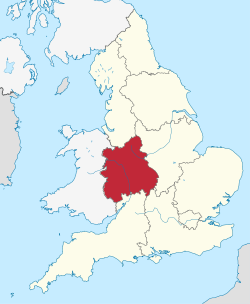
This is a list of railway lines in Great Britain that are currently in operation, split by country and region.
Contents
- England
- London
- South East England
- South West
- North West England
- West Midlands
- East of England
- East Midlands
- Yorkshire and North East
- Scotland
- Scotrail Intercity lines
- Glasgow commuter lines
- Edinburgh commuter lines
- Rural lines and Great Scenic Railways
- Wales
- Main lines
- Cardiff commuter lines
- Rural lines
- Lines under construction
- References
- See also
There are a limited number of main inter-regional lines, with all but one entering Greater London. [1] The line from London to the Channel Tunnel is the only line designated 'high speed', although the other main routes also operate limited-stop express services.
The bulk of the secondary network is concentrated in London and the surrounding East and South East regions; an area marketed by National Rail as London and the South East. The majority of these lines are radial to London. [2] There is a further concentration of routes around Birmingham in the West Midlands [3] and in the urbanised part of northern England that stretches from Liverpool in the west, via Greater Manchester to Leeds in the east. [4]
Some areas, such as Wales and Scotland, have relatively sparse railway provision. [1] There are local lines throughout all areas of Great Britain with some services designated as community railways.


















